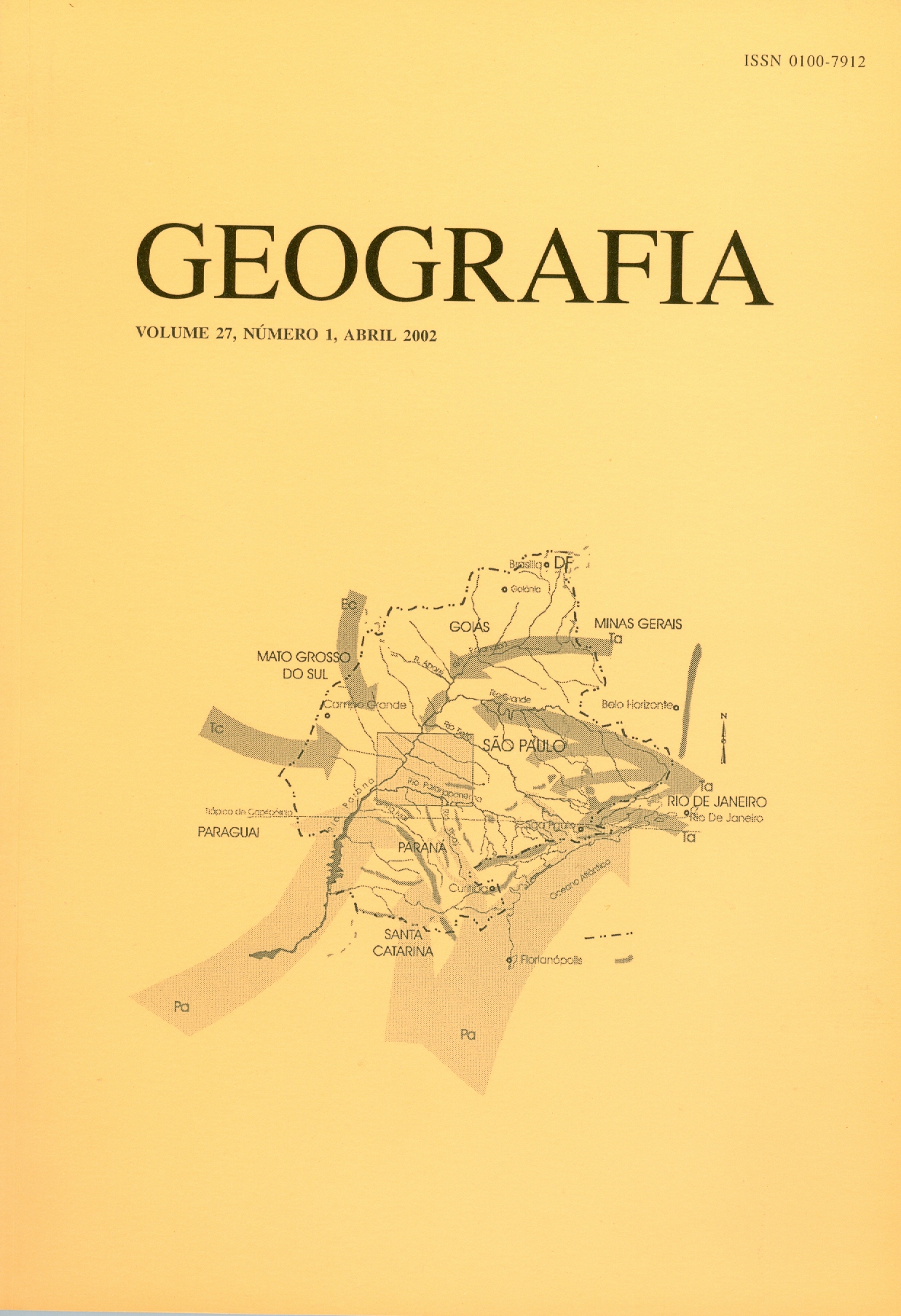New commercial/consumption forms: a study about convenience stores
Abstract
This present work is about the transformations that the Brazilian commerce has been going through since 1950, pointing out the role of the new commercial forms in the reproduction of the urban space and the creation of new consumption patterns. Amongst the new forms we mark out the Supermarkets, Hyper markets, the Shopping malls, the Franchising systems and the Convenience Stores as commercial establishments which are present in the urban spaces, created in different times with different objectives. The convenience stores, object of our analysis, were introduced in Brazil in 1987, and the first one started its activities in the city of São Paulo. From 1987 to 1993 there were only a few Convenience Stores and they were mostly located in State Capitals. From 1994 on, the big companies that distributed fuel started introducing their convenience stores in the franchising systems, which in turn pushed their expansion into new markets. Between 1994 and 1996 there was a consolidation of the idea of convenience and comfort for consumption. The most important year for the diffusion and interiorization of the convenience stores is 1997, when great expansion to several regions of the country took place, mainly to the cities with less than 500 thousand inhabitants and out of the metropolitan areas. Key-Words: Trading, Consumption, City, Convenience Stores, São Paulo State.Downloads
Published
Issue
Section
License
The authors maintain the copyright and grant GEOGRAFIA the right of first publication, with the articles simultaneously licensed under the Creative Commons BY 4.0 License, which allows sharing and adapting the articles for any purpose, as long as appropriate credits and provisions of image rights, privacy or moral rights. Other legal attributions can be accessed at: https://creativecommons.org/licenses/by/4.0/legalcode.en.
Geography, Rio Claro, SP, Brazil - eISSN 1983-8700 is licensed under the Creative Commons BY 4.0 License.





